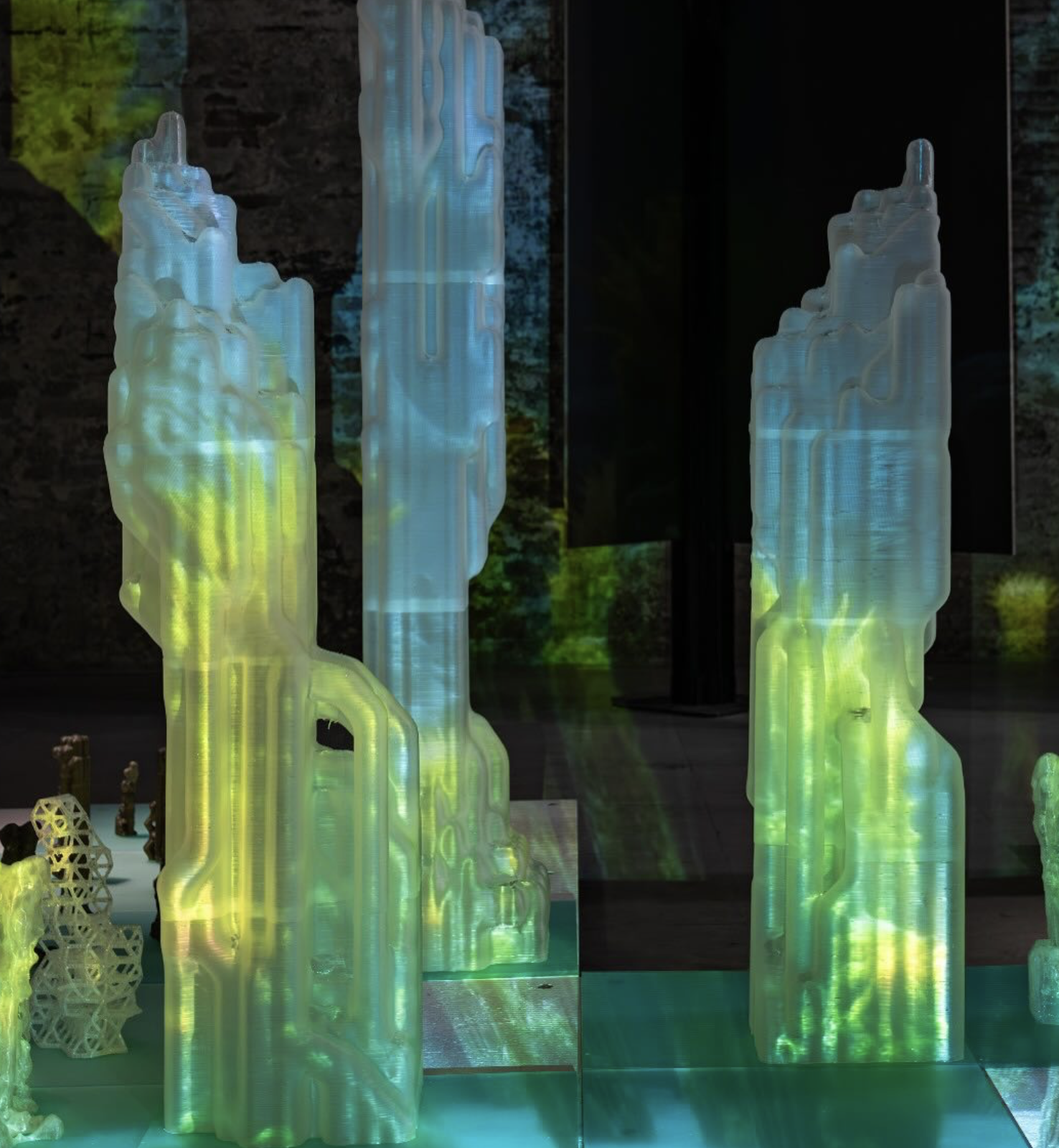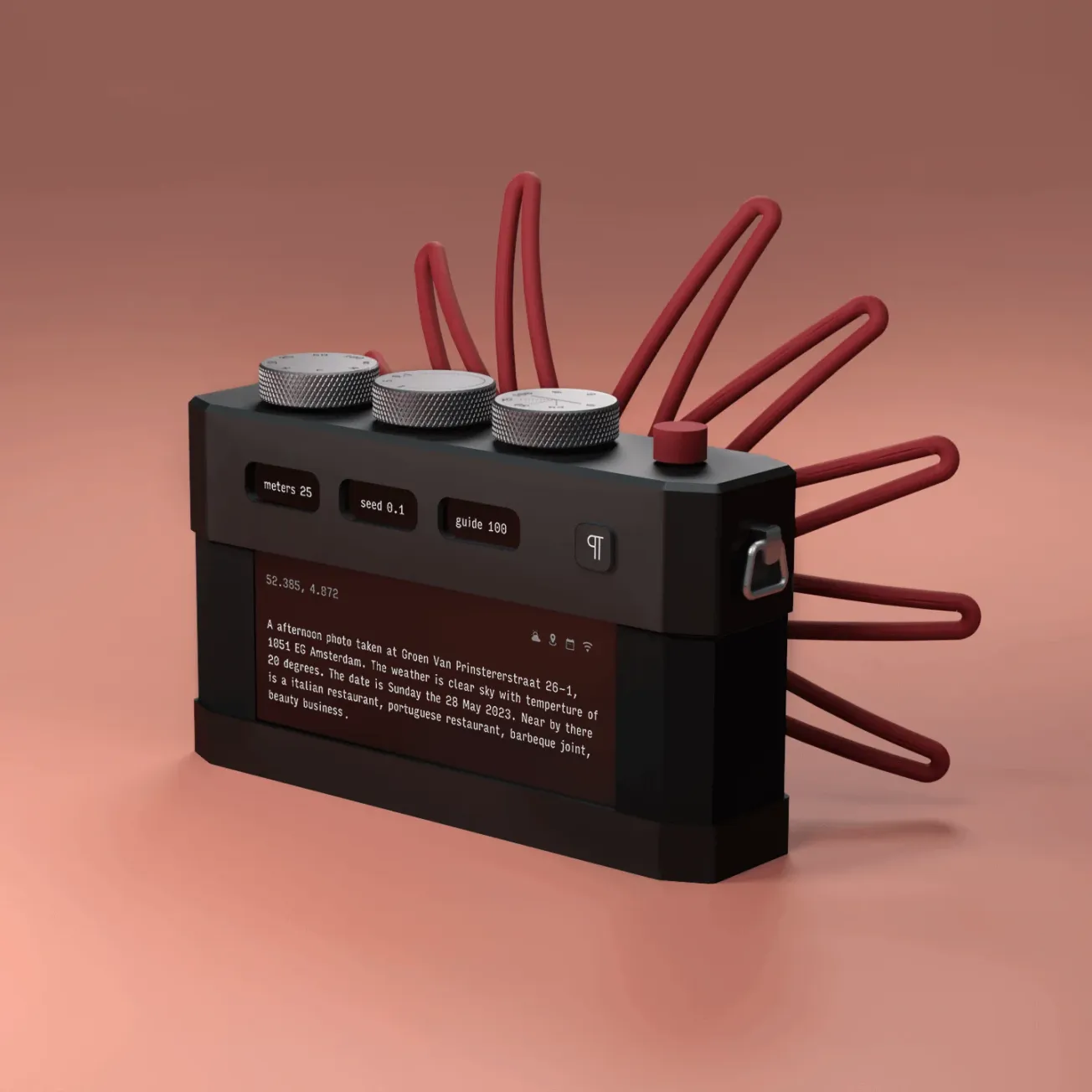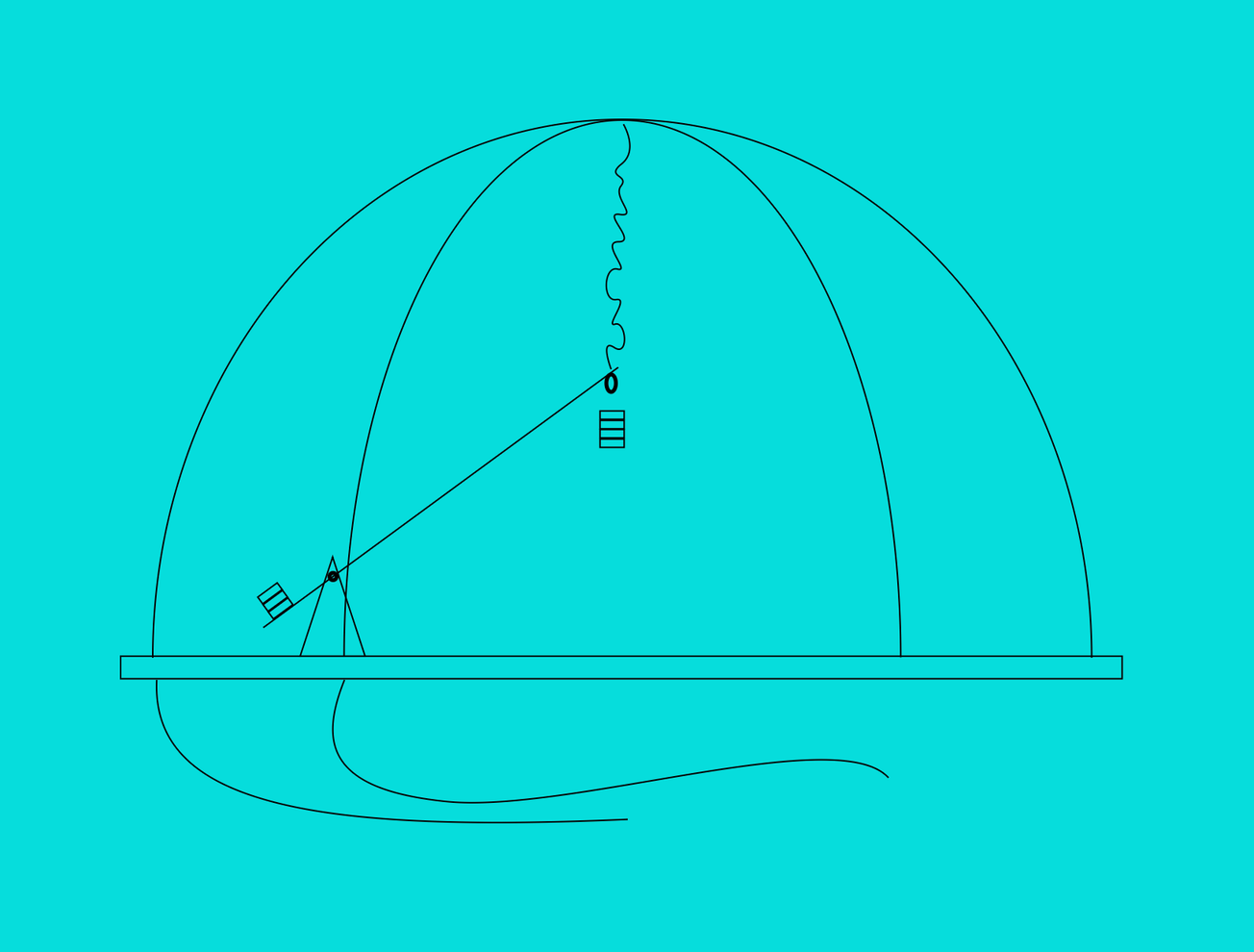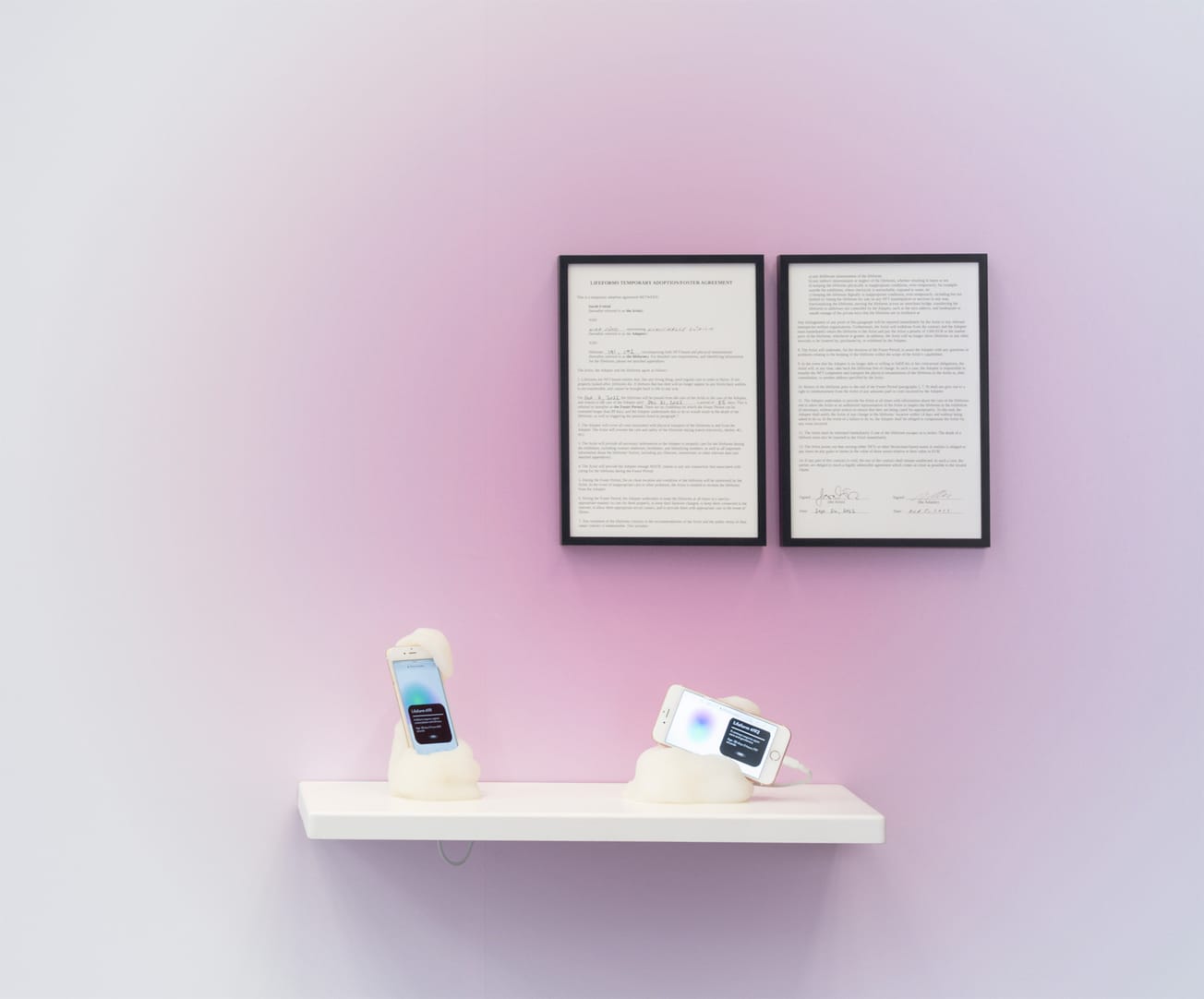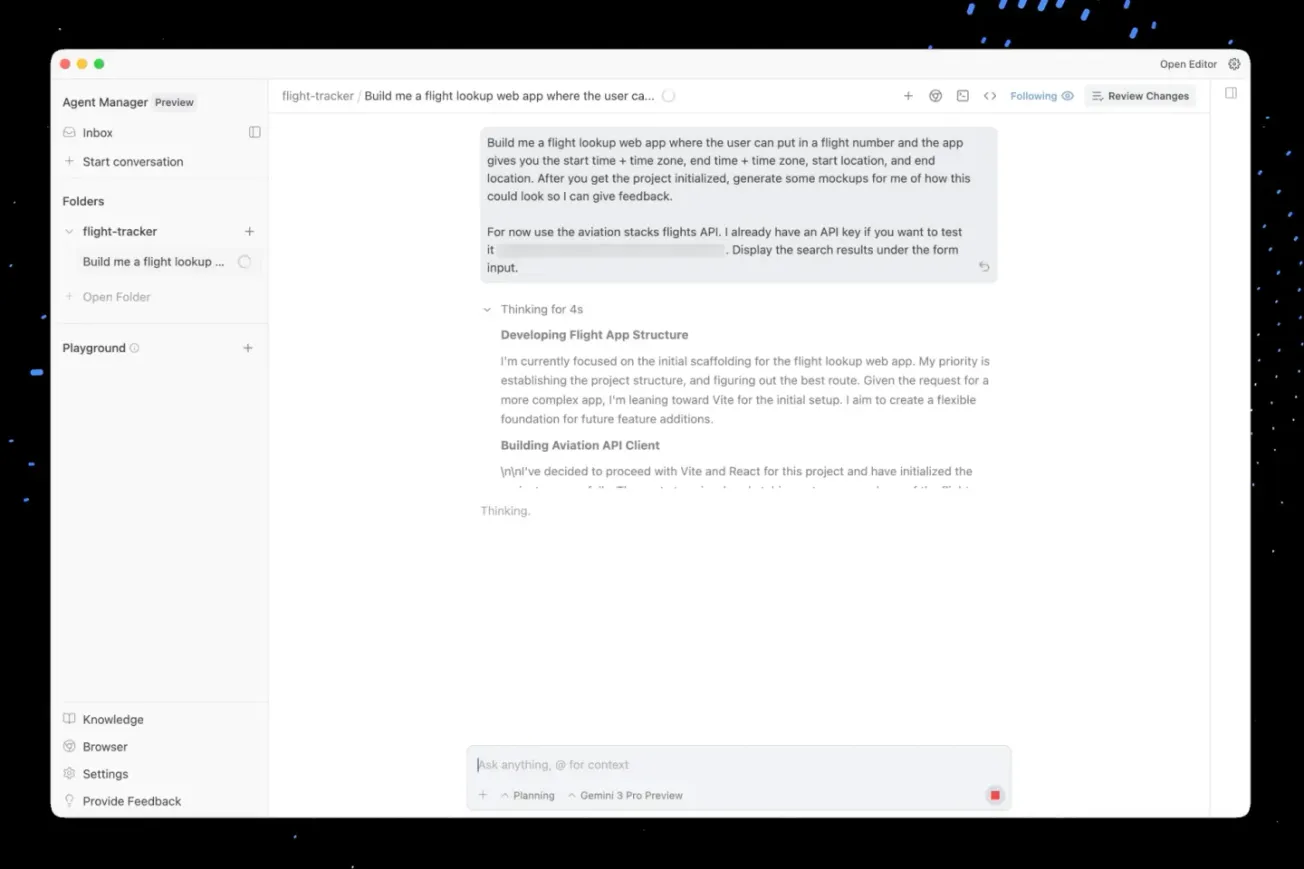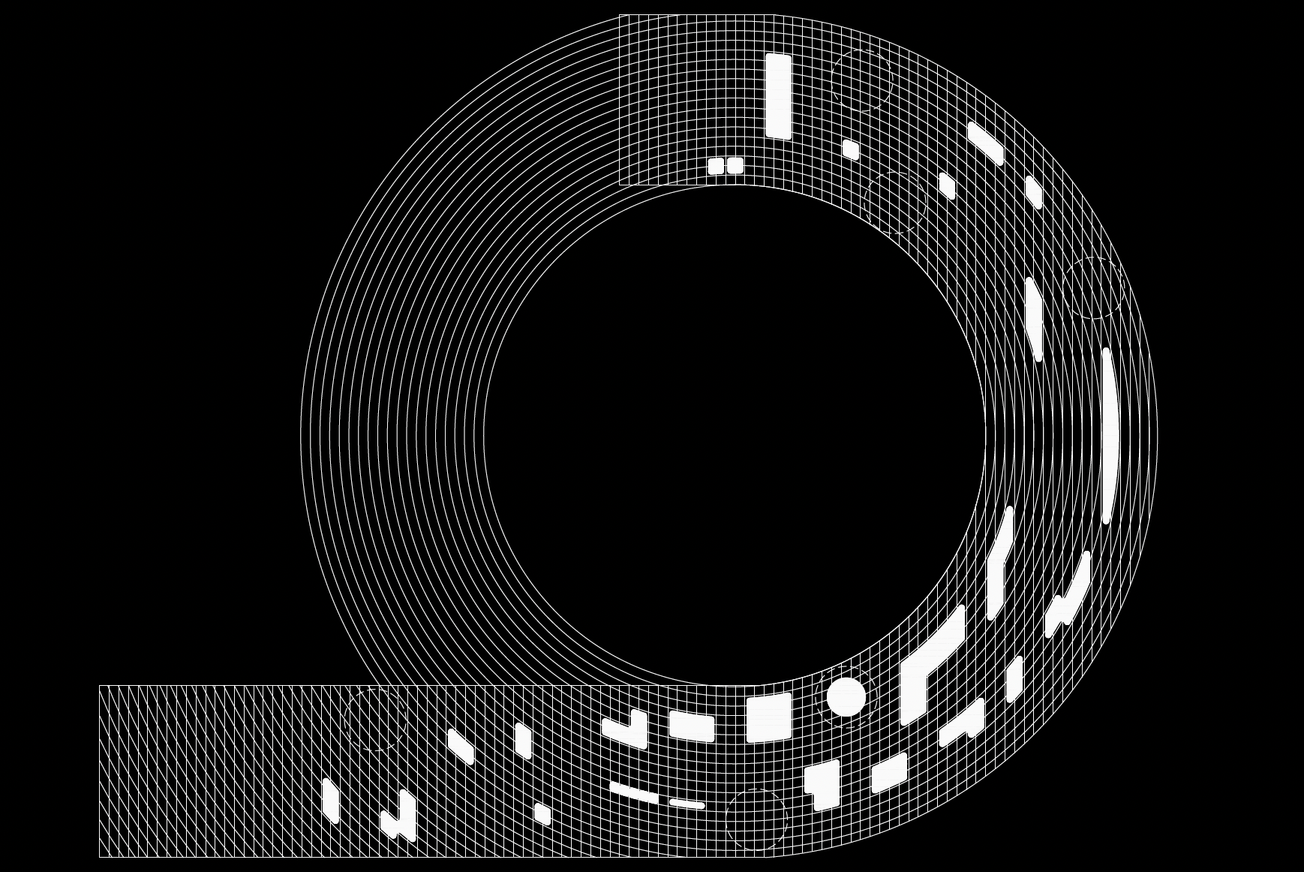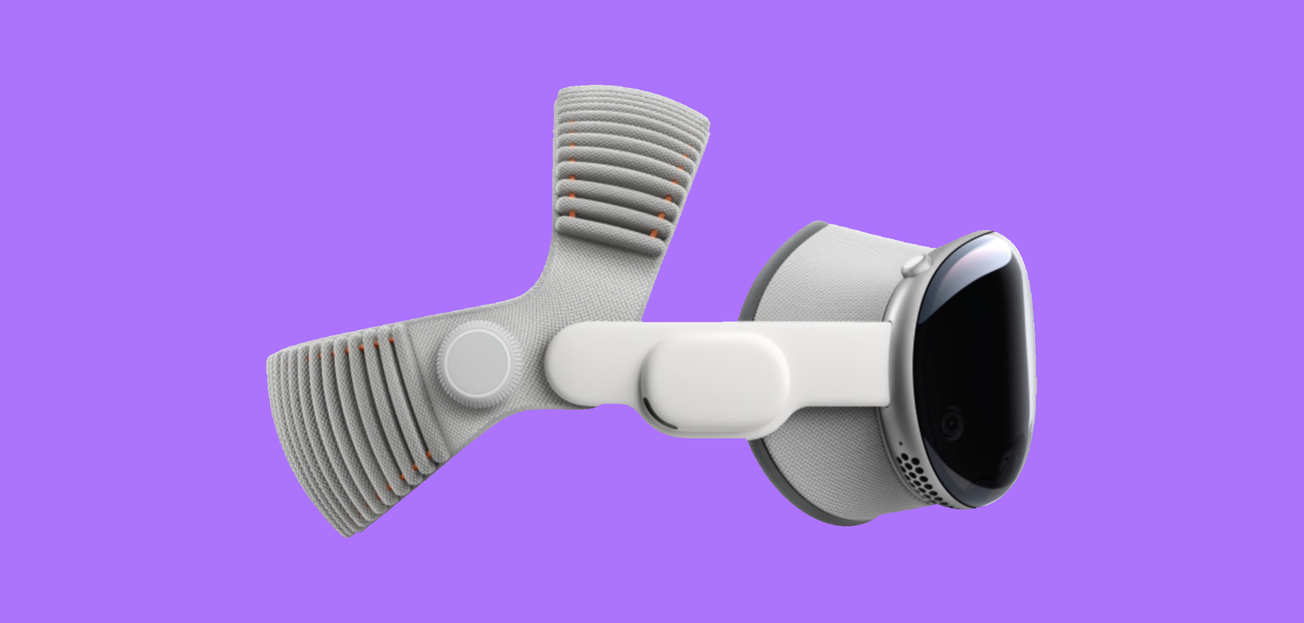When synthetic biology and generative design collide, the result doesn’t look like a building. It looks like something alive. At the 2025 Venice Architecture Biennale, under the curatorial direction of Carlo Ratti, London-based design studio ecoLogicStudio unveiled “FundamentAI,” a pulsating fusion of biofabrication, AI, and environmental data that challenges the core assumptions of what architecture is—and what it could become.
Set in the historic Arsenale, FundamentAI isn’t just another sustainability concept dressed up in parametric curves. It’s a responsive, microbial, data-fed installation that reimagines the physical foundation of cities in the face of environmental collapse. It doesn’t simulate ecology—it collaborates with it.
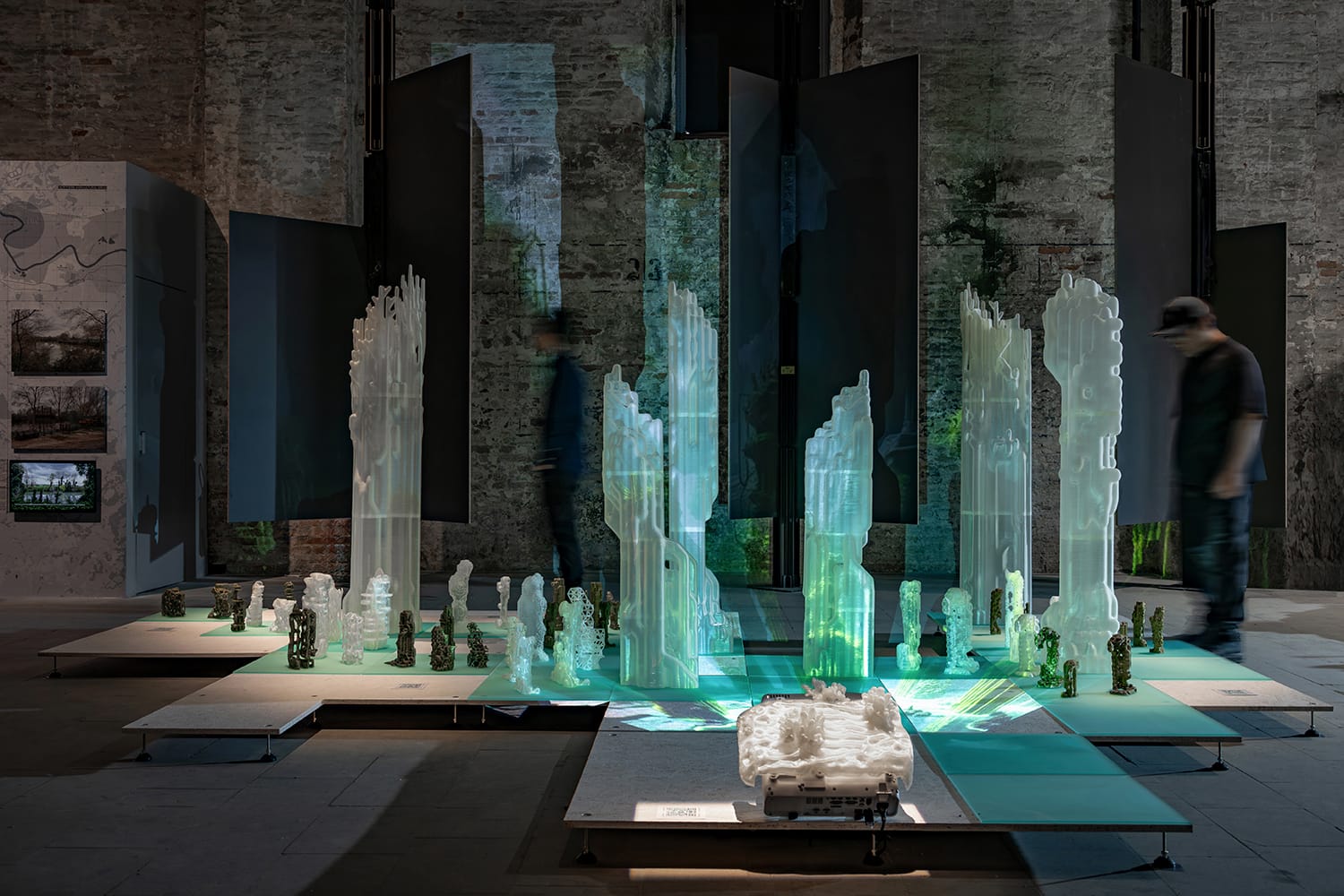
Venice, Re-coded
The project takes direct inspiration from Venice’s own infrastructure: the city’s iconic bricole—wooden posts that have supported its buildings and guided its gondolas for centuries. But in ecoLogicStudio’s hands, these supports are reengineered as bio-digitally fabricated columns made of biopolymers, designed not only to bear weight but to listen and react to life around them.
Each column is embedded with living photosynthetic cultures—cyanobacteria, to be exact—that interact with AI-generated algorithms. This isn’t metaphorical intelligence. The system responds to real-time environmental data collected from Venice’s lagoon, including microbial fluctuations and water quality. These inputs dynamically influence the growth patterns and structural formation of the installation. In essence, FundamentAI is architecture that processes, learns, and adapts—not over decades, but now.
Behind the scenes, the AI component is trained on datasets of environmental behavior and architectural morphology. Its generative design logic isn’t just aesthetic—it’s ecological. It collaborates with living material to co-author spatial formations, shifting our understanding of what it means to “design” in the Anthropocene.
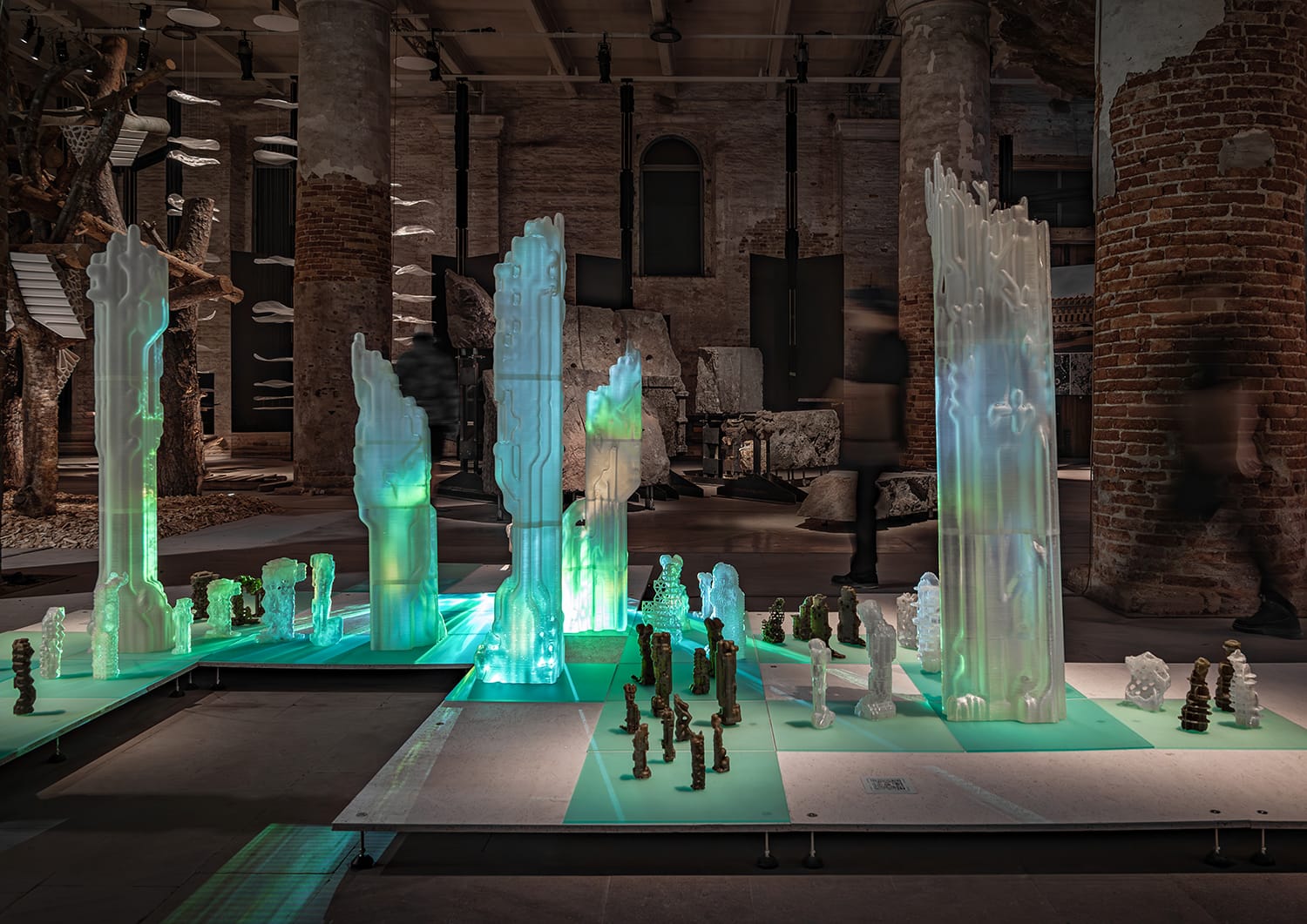
A Prototype for Post-Anthropocentric Urbanism
FundamentAI is the result of a partnership between ecoLogicStudio and two academic labs: the Synthetic Landscape Lab at the University of Innsbruck and the Urban Morphogenesis Lab at The Bartlett (UCL). But the installation isn’t an academic exercise—it’s a prototype for post-anthropocentric urban infrastructure.
What that means, in practical terms, is architecture that doesn’t just serve human needs, but actively integrates non-human intelligences—like microbial life—into its logic. The columns aren’t static monuments to greenwashed futurism. They’re alive, photosynthesizing, sensing, and communicating. The system is designed to evolve. It absorbs environmental signals, reacts to them, and reconfigures the urban logic around them.
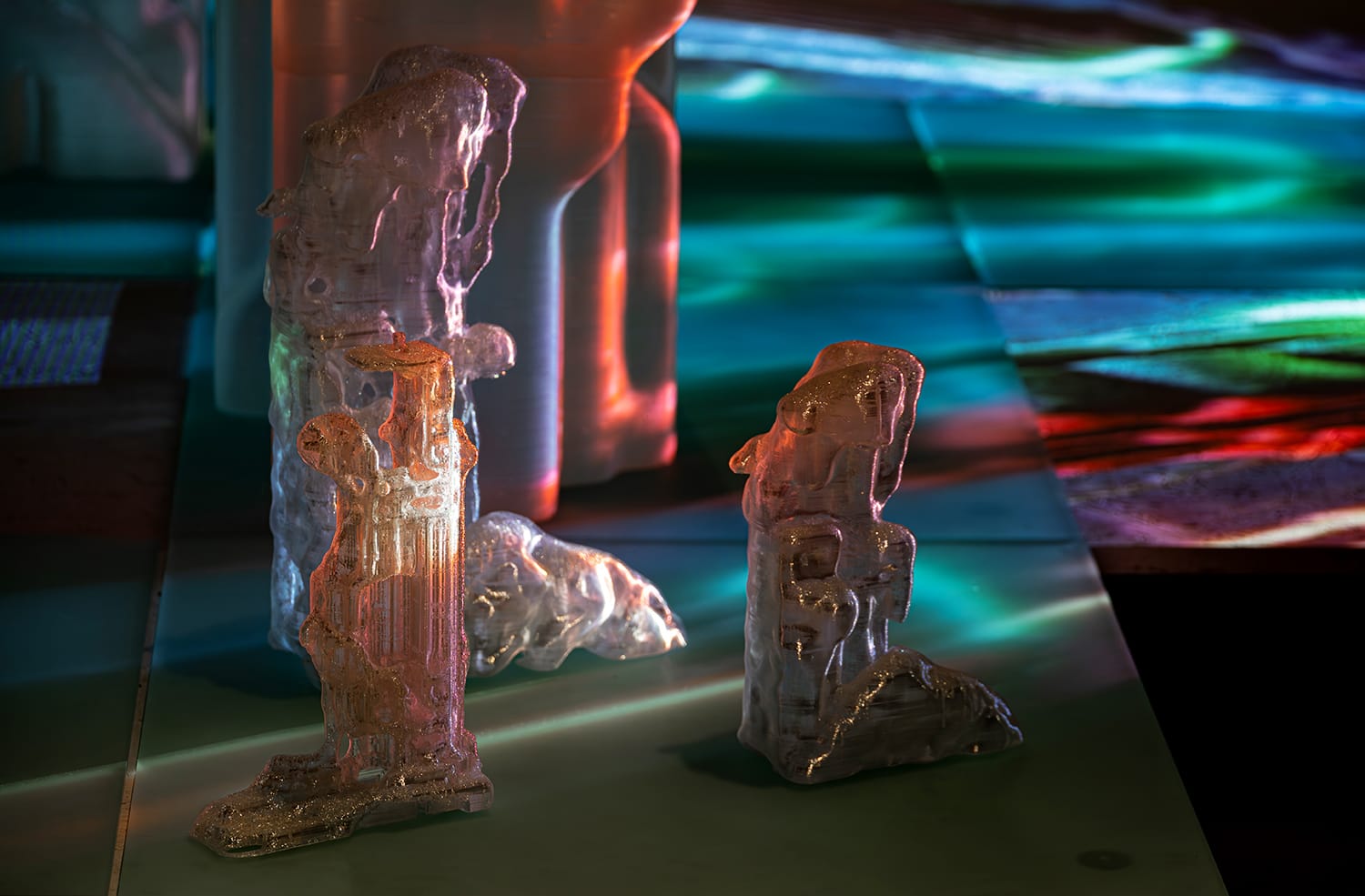
That adaptability is crucial. As curator Carlo Ratti frames it, this year’s Biennale theme—"Intelligens. Natural. Artificial. Collective."—asks architects to grapple with a rapidly changing technological and ecological landscape. “Intelligence,” in Ratti’s framing, is no longer the exclusive domain of humans or machines. It’s distributed. It’s emergent. FundamentAI takes that provocation seriously, refusing to privilege one form of intelligence over another.
Instead, the installation acts as a testbed for what Ratti calls “collective intelligence”—a network of humans, algorithms, and living systems co-producing spatial environments. In this model, the architect becomes less a master planner and more a systems negotiator, curating feedback loops between biology, software, and material.
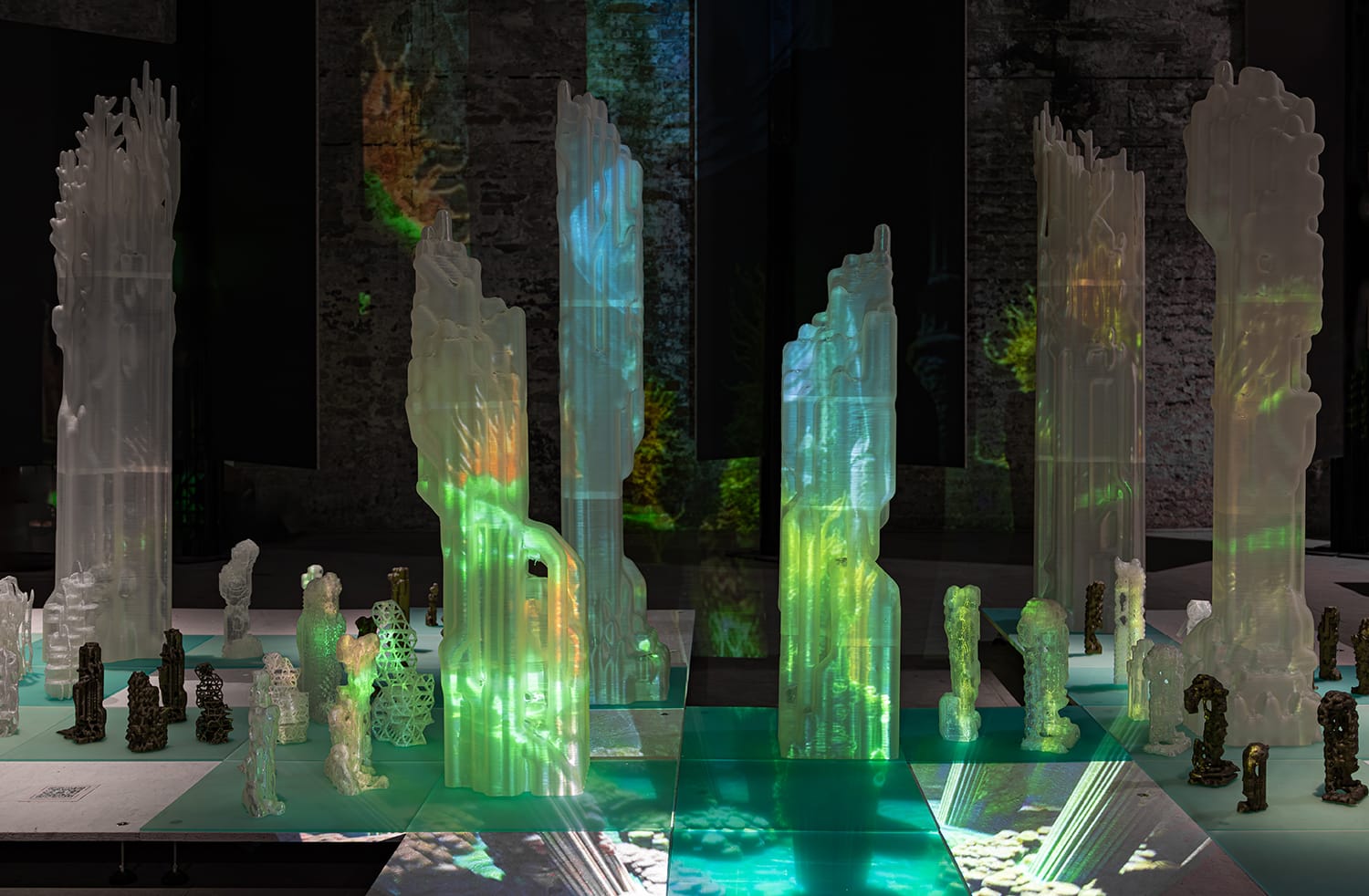
Toward Living, Responsive Cities
What makes FundamentAI compelling isn’t just its use of bioplastics or its data-driven interactivity—though both are impressive. It’s the conceptual leap it represents. Most so-called “smart cities” still operate on a top-down logic: sensors collecting data, algorithms optimizing performance, humans interpreting results. FundamentAI flips that model. It proposes an architecture where materials are sensors, structures are agents, and biological processes are design collaborators.
This approach is rooted in what ecoLogicStudio co-founders Claudia Pasquero and Marco Poletto call “synthetic ecology.” Their work, spanning two decades, aims to create feedback-driven systems where artificial and natural intelligence are interdependent. From algae-powered pavilions to climate-responsive façades, their portfolio repositions architecture as an evolving interface between species.
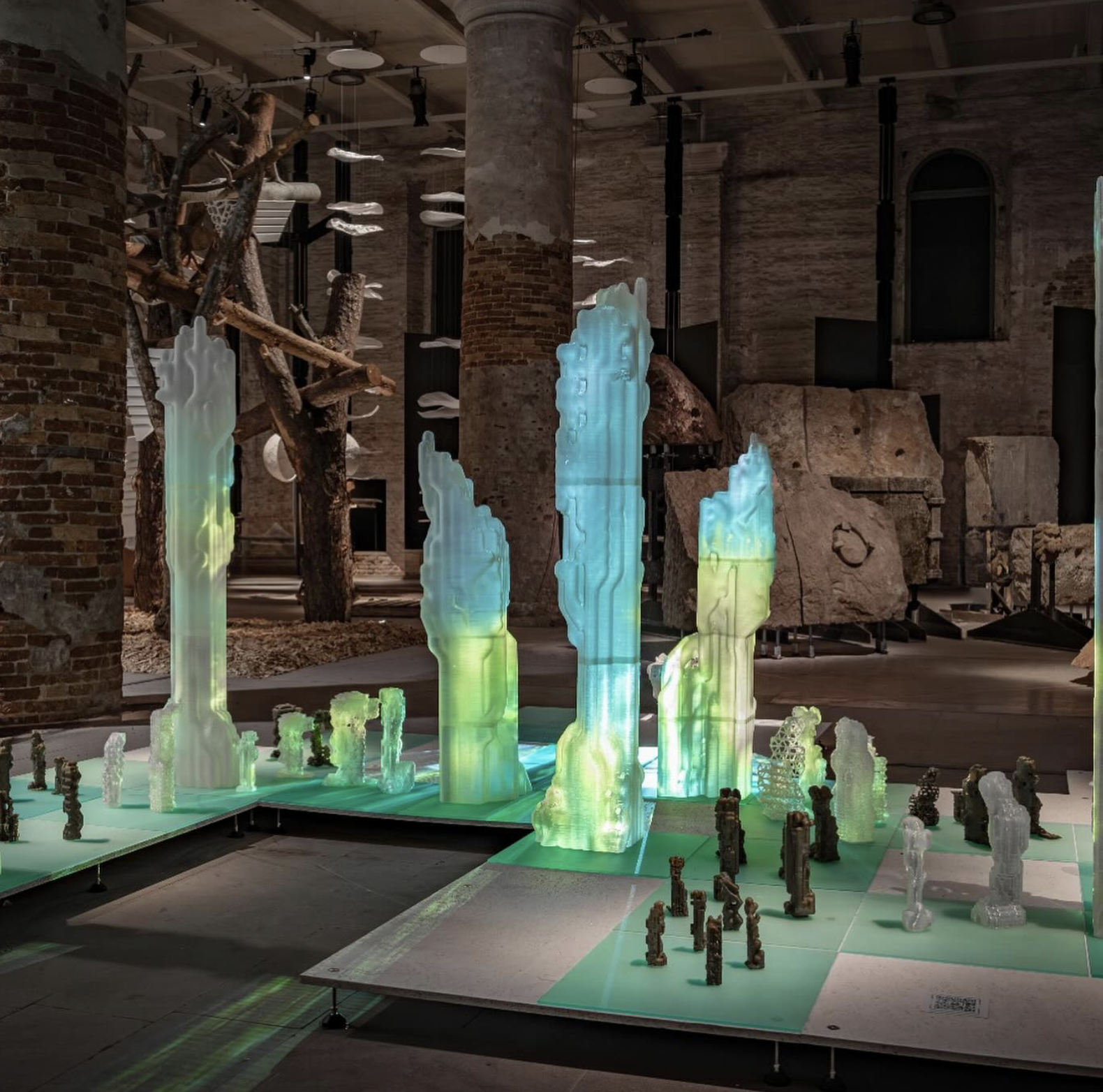
In FundamentAI, this vision reaches a new scale. Rather than showcasing speculative renderings or futuristic utopias, the installation functions as a living prototype. Visitors walking through the Arsenale encounter not a finished product, but a work-in-progress—one that breathes, learns, and mutates. And that’s the point. As climate instability accelerates and ecological systems collapse, architecture can no longer afford to be inert. The built environment must adapt in real time, not through slow masterplans but through living infrastructures.
FundamentAI doesn’t promise to save Venice. But it does suggest that the future of urban design won’t be built for nature, or even with nature—but as nature. A future where a building isn’t an object, but a participant. Where columns don’t just stand—they listen.

